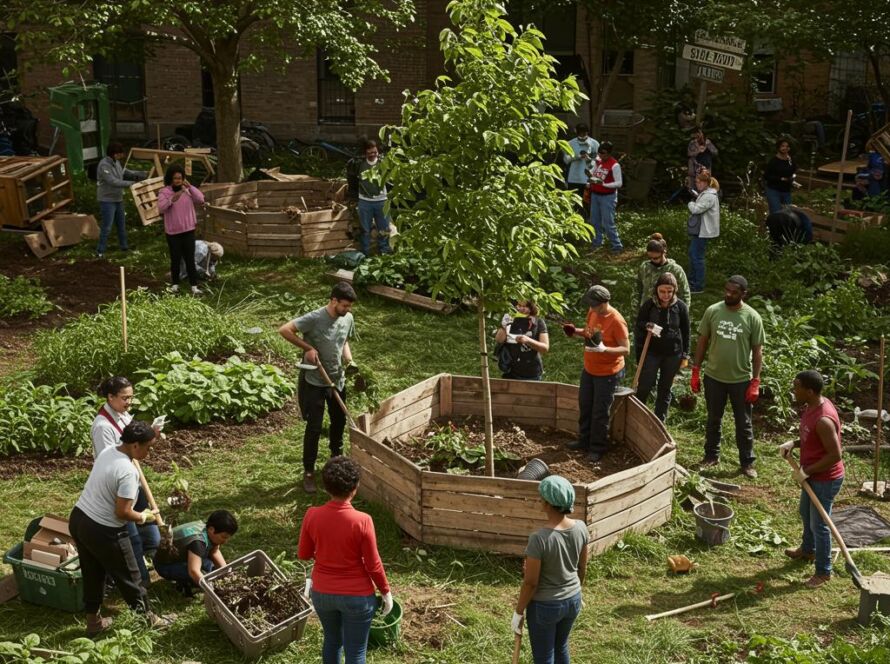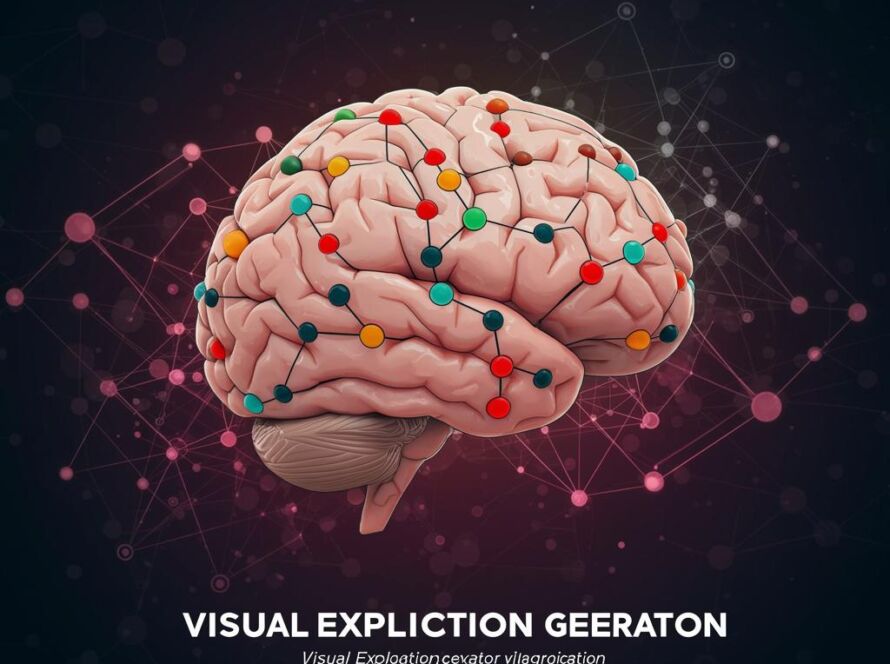Court Procedure Guide: Navigate Your Case with Ease
Court Procedure Guide: Navigating the Legal System
Understanding court procedures can be daunting. This guide provides a simplified overview of the process, offering practical insights to help you navigate the complexities of the legal system, whether you’re a plaintiff, defendant, or simply an observer.
Pre-Court Proceedings
Filing the Lawsuit
The process begins with filing a complaint or petition with the court. This document outlines the plaintiff’s grievances and the desired remedy. It’s crucial to ensure all necessary information and supporting documentation are included. Seek legal counsel to ensure accurate and complete filing.
Service of Process
After filing, the defendant must be formally notified of the lawsuit. This is typically done through “service of process,” where the defendant receives a copy of the complaint and a summons to appear in court. Proper service is essential for the court to have jurisdiction over the defendant. Different jurisdictions have different rules regarding acceptable methods of service.
Discovery
The discovery phase allows both parties to gather information relevant to the case. This can involve interrogatories (written questions), depositions (oral testimony under oath), and requests for documents. Thorough discovery is vital for building a strong case.
Court Hearings and Trial
Pre-Trial Motions
Before the trial, both sides may file motions, such as motions to dismiss or motions for summary judgment. These motions can resolve the case or narrow the issues to be decided at trial. Understanding the purpose and implications of these motions is crucial for effective legal strategy.
The Trial
- Jury Selection: If the case goes to trial, a jury is selected (unless it’s a bench trial, decided solely by the judge).
- Opening Statements: Both sides present their case overview.
- Presentation of Evidence: Witnesses testify, and documents are presented.
- Closing Arguments: Each side summarizes their case and arguments.
- Verdict: The jury (or judge) reaches a verdict based on the evidence and applicable law.
Post-Trial Motions
After the verdict, either party can file post-trial motions, such as a motion for a new trial or a motion for judgment notwithstanding the verdict. These motions challenge the outcome of the trial based on legal or procedural errors.
Appeals
If a party is dissatisfied with the trial court’s decision, they may appeal to a higher court. Appeals courts generally review legal errors, not factual findings. Appealing a case requires specific procedures and deadlines.
Alternative Dispute Resolution (ADR)
Mediation
Mediation involves a neutral third party who facilitates communication between the disputing parties to help them reach a mutually acceptable resolution. It’s a less formal and often less expensive alternative to litigation.
Arbitration
Arbitration is a more formal process where a neutral arbitrator hears evidence and arguments from both sides and makes a binding decision. Arbitration agreements are often included in contracts.
Conclusion
Navigating the court system can be complex. This guide provides a basic understanding of court procedures. However, the specifics vary depending on the jurisdiction and the nature of the case. Consulting with an experienced attorney is highly recommended for anyone involved in a legal dispute. They can provide personalized guidance and ensure your rights are protected throughout the process.



